EHLA: TRUMPF is ready for extreme high-speed laser deposition welding
source:Laser Manufacture News
keywords:
Time:2017-07-24
Ditzingen, July 19, 2017 – The laser system manufacturer TRUMPF is putting the new EHLA method into series production (in German, EHLA stands for extreme high-speed laser deposition welding). EHLA is significantly faster than conventional laser deposition welding. “For EHLA, we can draw on similar techniques that we’ve been using for laser deposition welding,” explains Antonio Candel-Ruiz, an expert for laser surface methods at TRUMPF in Ditzingen. The Fraunhofer Institute for Laser Technology (ILT) developed and patented EHLA, with the primary aim of executing coating processes very quickly with low layer thicknesses for rotationally symmetric components.
A tried-and-true method in metal coating for many years, laser deposition welding delivers high-quality results. This method makes it possible to manufacture crack-free and virtually pore-free coatings with metallurgical bonding to the substrate out of a variety of materials. “For large-area coating tasks, however, lasers have lacked the necessary speed,” says Candel-Ruiz. In addition, the minimum layer thickness was around 500 micrometers; thinner layers simply were not possible.
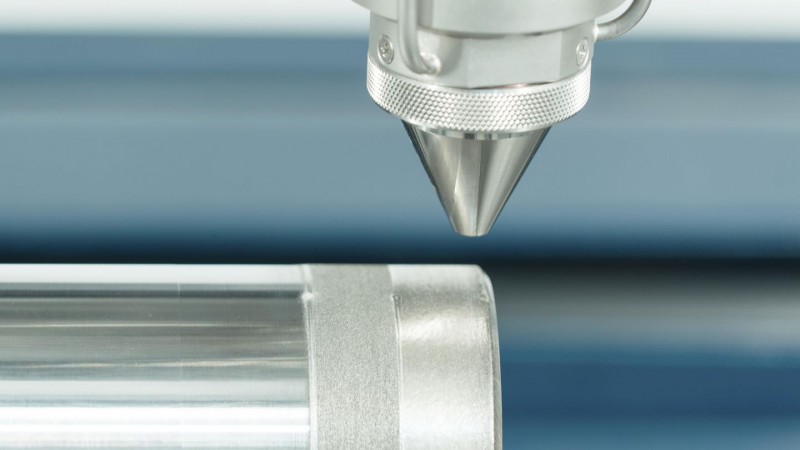
How EHLA works
Laser deposition welding normally proceeds as follows: a laser generates a weld pool on the surface of a component and fuses the metal powder, coaxially added simultaneously, to create the required shape. The powder then fuses with the surface, gradually forming a protective coating. In the EHLA method, the laser light strikes the powdery filler material above the weld pool, heating the material nearly to its melting point while it is still on its way to the component. Consequently, the particles melt faster in the weld pool. This makes it possible to use energy much more efficiently. Whereas normal laser deposition welding can coat only 10 to 40 square centimeters per minute, the EHLA method achieves rates of over 250 square centimeters per minute. In addition, much thinner coatings with layer thicknesses of 10 to 300 micrometers are now possible. What’s more, EHLA permits a much finer laser focus, rendering the process considerably more energy-efficient.
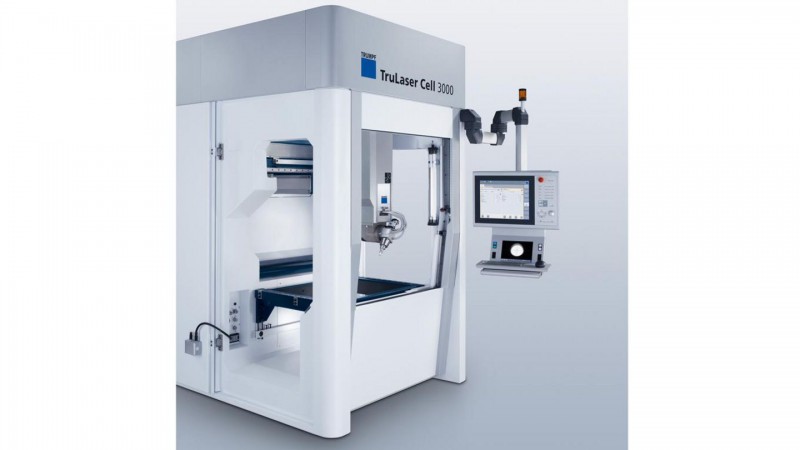
TRUMPF meets EHLA
The new processing optics developed by Fraunhofer ILT can be integrated directly into existing TRUMPF systems. “Our diode lasers and our disk lasers are suitable for EHLA, depending on the laser focus required,” says Candel-Ruiz. With diode lasers, a focus of around one millimeter is possible; with disk lasers, a focus as small as about 0.2 millimeters. In addition to the laser beam source, another decisive factor is that the machine has a rotational axis that permits high speeds.
Depending on component size, TRUMPF has various laser machines that are candidates for EHLA. The TruLaser Cell 3000 is suitable for small and medium-sized components, while the machines in the TruLaser Cell 7000 Series are suitable for large ones. Apart from these turnkey systems, manufacturers can integrate the EHLA method into their existing systems. The DepositionLine technology package from TRUMPF can also be equipped with the new powder feed nozzles developed by Fraunhofer ILT.
Digital photographs in print-ready resolution are available to illustrate this press release. They may only be used for editorial purposes. Use is free of charge when credit is given as “Photo: TRUMPF”. Graphic editing – except for dropping out the main motive – is prohibited.
- RoboSense is to Produce the First Chinese Multi-beam LiDAR
- China is to Accelerate the Development of Laser Hardening Application
- Han’s Laser Buys Canadian Fiber Specialist CorActive
- SPI Lasers continues it expansion in China, appointing a dedicated Sales Director
- Laser Coating Removal Robot for Aircraft
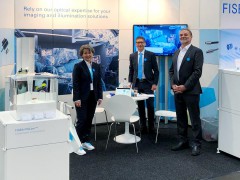 FISBA exhibits Customized Solutions for Minimally Invasive Medical Endoscopic Devices at COMPAMED in
FISBA exhibits Customized Solutions for Minimally Invasive Medical Endoscopic Devices at COMPAMED in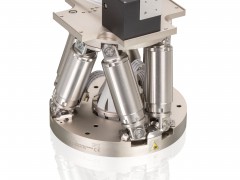 New Active Alignment System for the Coupling of Photonic Structures to Fiber Arrays
New Active Alignment System for the Coupling of Photonic Structures to Fiber Arrays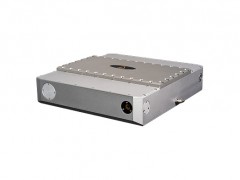 A new industrial compression module by Amplitude
A new industrial compression module by Amplitude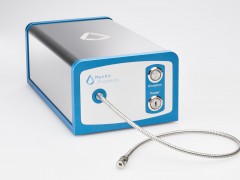 Menhir Photonics Introduces the MENHIR-1550 The Industry's First Turnkey Femtosecond Laser of
Menhir Photonics Introduces the MENHIR-1550 The Industry's First Turnkey Femtosecond Laser of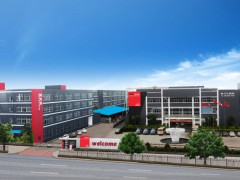 Shenzhen DNE Laser introduced new generation D-FAST cutting machine (12000 W)
more>>
Shenzhen DNE Laser introduced new generation D-FAST cutting machine (12000 W)
more>>
